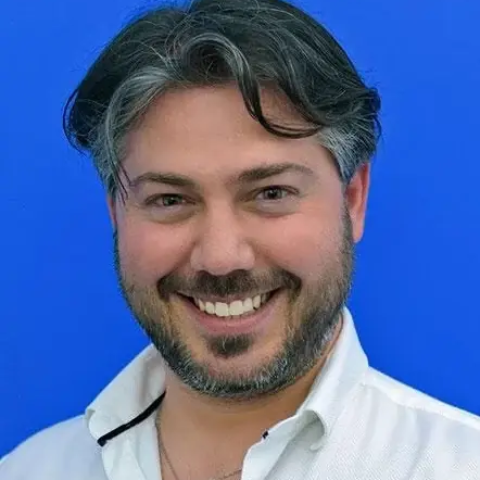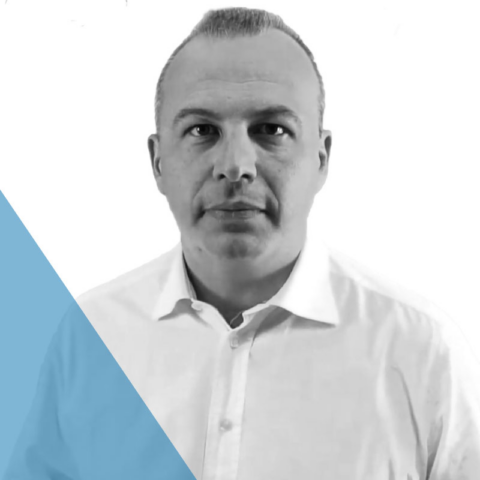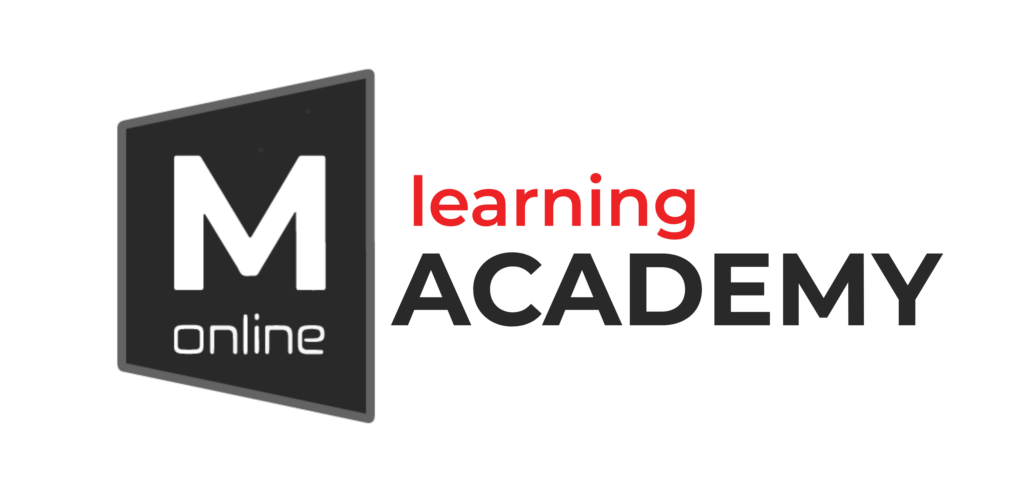Approach to TMJ disorders: how to manage the complex patient
Introduction
Temporomandibular disorders (TMDs) encompass a range of clinical manifestations that affect the temporomandibular joints, masticatory system, and related anatomical structures. TMDs have a prevalence of 5–12% in the population, with higher rates observed in females (6.3%) compared to males (2.8%). These disorders impose a significant economic burden, with, for example, approximately 3% of Americans seeking professional help for TMD-related symptoms, leading to around $2 billion in direct healthcare expenditures annually in the United States.
Symptoms of TMD include pain and changes in temporomandibular joint (TMJ) function. The most common manifestations are pain in the TMJ and masticatory muscles, limited range of motion, and joint crepitus. TMD can be caused by various factors, including structural (e.g., skeletal, neural, muscular), functional (e.g., posture, lifestyle), and psychological (e.g., stress) components, either individually or in combination. The Diagnostic Criteria for Temporomandibular Disorders (DC/TMD) is the standard tool for assessing the physical (Axis I) and psychosocial (Axis II) aspects of TMD patients.
Physiotherapy and osteopathic interventions for TMD target multiple domains to alleviate pain in the TMJ, masticatory muscles, and surrounding tissues (such as in the cervical spine), improve TMJ and cervical spine range of motion, and enhance functionality of the masticatory and craniocervical systems. These interventions involve physical modalities, exercise regimens, and manual therapy techniques. Additionally, a comprehensive approach includes a psycho-emotional patient evaluation, as well as patient education and counselling programmes, in line with current evidence.
One part of the course focuses on TMJ biomechanics and pathophysiology, with an emphasis on internal derangements of the TMJ. Assessment tools, including the internationally standardized DC/TMD protocol, are used to detect articular dysfunction, muscular pain, and headache associated with TMD. The course also covers manual therapy techniques and their practical application in the appropriate therapeutic context, facilitating effective learning and implementation by the participants.
Rehabilitation of the cervical and thoracic spine in TMD patients and the management of headaches are other essential aspects of the course. Standardised testing is used to differentiate between various headache conditions. Cranial manual therapy approaches are taught as well. Finally, the course addresses patient education strategies based on contemporary literature to optimise therapeutic outcomes.
Throughout this three-day course, more than 70% of the time is dedicated to practical skills sessions, including:
- Conducting clinical evaluations using the DC/TMD, a validated and internationally recognized procedure for assessing TMD, and the International Headache Society’s headache classification.
- Applying manual therapy techniques for TMJ rehabilitation, as recommended by the American Academy of Orofacial Pain.
- Assessing headaches according to the International Classification of Headache Disorders.
- Utilising intraoral myofascial techniques which are supported by literature as being effective for managing chronic pain conditions.
These practical sessions will enable participants to gain hands-on experience and develop the necessary skills to effectively address TMD and related conditions.
Learning objectives
- Accurate identification and assessment of temporomandibular disorders, distinguishing between normal and pathological conditions based on internationally recognized criteria, such as the Diagnostic Criteria for Temporomandibular Disorders.
- Evaluation of patients with craniomandibular dysfunction, identification of various TMJ pathologies, and determination of the involvement of patient’s posture or psychosocial factors. These assessments will be supported by validated decision trees and algorithms that will be shared during the course.
- Utilisation of tools provided for enhancing your clinical reasoning, facilitating the development of appropriate articular and myofascial TMJ rehabilitation plans.
- Confidence in orofacial and cervical mobilisation techniques for effective management and treatment of patients with temporomandibular disorders, thus adhering to the guidelines developed by the American Academy of Orofacial Pain.
- Understanding and application of counselling and patient education techniques, as well as the ability to devise home exercise programmes tailored to TMD patients while operating within your professional scope of practice.
- Effective management of various types of headaches, including cervicogenic headache, migraine, and tension headache, employing cranial techniques.
Massimiliano Mancini is a Milan-based Osteopath specialised in Cranio-Cervico Mandibular disorders and headaches, as well as an educator in Structural Osteopathy and Integrated Clinical Approaches.
Beginning his academic journey with a degree in Sports Sciences, he pursued a Master’s program focused on the functional recovery of disabled patients. However, his passion for osteopathy led him to pursue further studies in the field. He obtained his DO from a prestigious French School, C.E.R.D.O., under the guidance of Maurice Audouard DO. He continued to refine his competence, completing his studies with an English conversion course at Swansea University.
With more than 20 years of experience, he has dedicated himself to the care of individuals suffering from spinal pain and headaches (CEPHALEA). His commitment to providing comprehensive care led him to specialize in Temporomandibular Disorders, collaborating with renowned professionals in the dental and maxillofacial fields.
Since 2009, he has been a lecturer of Structural Osteopathy, sharing his knowledge with numerous training institutions in Italy, Europe, and beyond. He has also expanded his teaching endeavours abroad, particularly in China, where he has been actively involved in teaching since 2013. In 2015, he established the first 2-year programme of manual therapy within the Lianyungang Longevity Hospital in Lianyungang City, Jiangsu Province, China.
Mr Mancini has also served as the team leader of osteopathy sector at the “Shangai Project Olympic Games” since 2020, based in Shanghai, China. Through this role, he contributes to the success of the project and further promotes the field of osteopathy.
With his experience, specialised knowledge, and dedication to education, he continues to make a significant impact on the osteopathic community, both in Italy and internationally, enhancing patient care and advancing the field of manual therapy.
Massimiliano Mancini - DO, MSc Ost (UK)

Valerio Palmerini - PT, PhD

Valerio Palmerini is a highly skilled physiotherapist with over 20 years of clinical experience He completed his degree at Sapienza University in Rome and focused his thesis on craniocervical dysfunctions in newborns. After graduation, he went abroad to enhance his clinical competence, spending time in Lyon, Amsterdam, Utrecht, and London where he worked alongside some of the most renowned craniocervical mandibular experts in the field, including Anton De Wijer, Corinne Visscher, and Andrè Hedger.
Dr Palmerini also collaborated with the Sapienza University for six years, working in the maxillofacial surgery department with Prof. Cascone, at the TMJ disorders department of the dental clinic with Prof. Di Paolo, and at the Headache Centre with Prof. Cerbo. He obtained a master’s degree in Health Professions Management and a PhD in Industrial Engineering from the University of Tor Vergata in 2022.
Currently, Dr Palmerini works as a freelancer and is part of a multidisciplinary research team on Central Sensitization directed by Prof. Cervigni at the Gemelli Hospital in Rome. He is also the director of the CranioMandibular School in Rome, where he offers training courses in Europe and South America. With his expertise in craniocervical dysfunctions, Dr Palmerini is committed to providing the best possible care to his patients and students.
Osteopaths, physiotherapists, speech therapists, dentists
Certificate of continuous professional development (CPD) issued by Medi-Cine Online Learning Academy
30
24 h
3 days - 1 Module
On completion of the course, participants will not be entitled to call themselves osteopaths without the possession of professional license or registration as osteopaths from a competent healthcare regulatory authority. The course tutor will not be responsible for damage caused by participants to colleagues during the course or subsequently to their patients in clinical practice.


